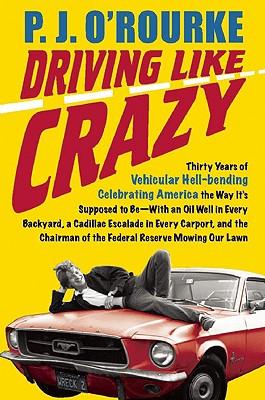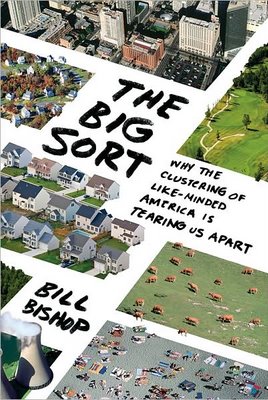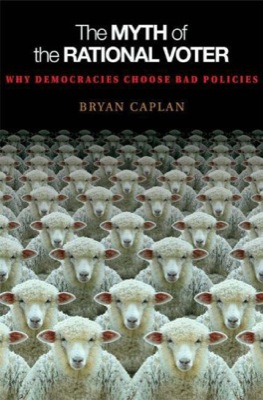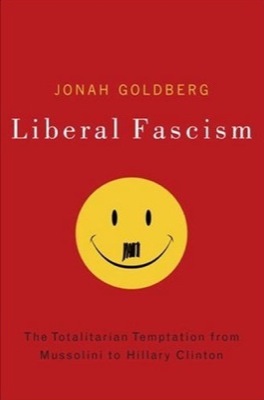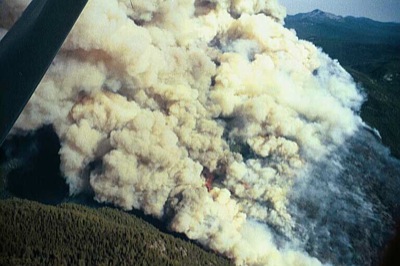The Department of Energy has just published the 28th edition of the Transportation Energy Data Book, including data for 2007. Since this was the source of some of the Antiplanner’s data used to compare energy consumption and greenhouse gas emissions of cars vs. rail transit, it is worth taking a look to see what has changed.

Two of the most important pages contain tables 2.13 and 2.14, physical pages 64 and 65. These list the energy consumption per passenger mile of various forms of transportation between 1970 and 2007.
The tables indicate that, between 2006 and 2007, energy consumption per passenger mile of cars increased by 0.1 percent. For light trucks, it decreased by 0.9 percent, but for transit buses it increased by 1.3 percent. Airlines reduced energy consumption per passenger mile by 3.0 percent; Amtrak by 5.1 percent; and light/heavy rail transit by 4.8 percent. However, commuter rail energy consumption per passenger mile increased by 4.4 percent.

